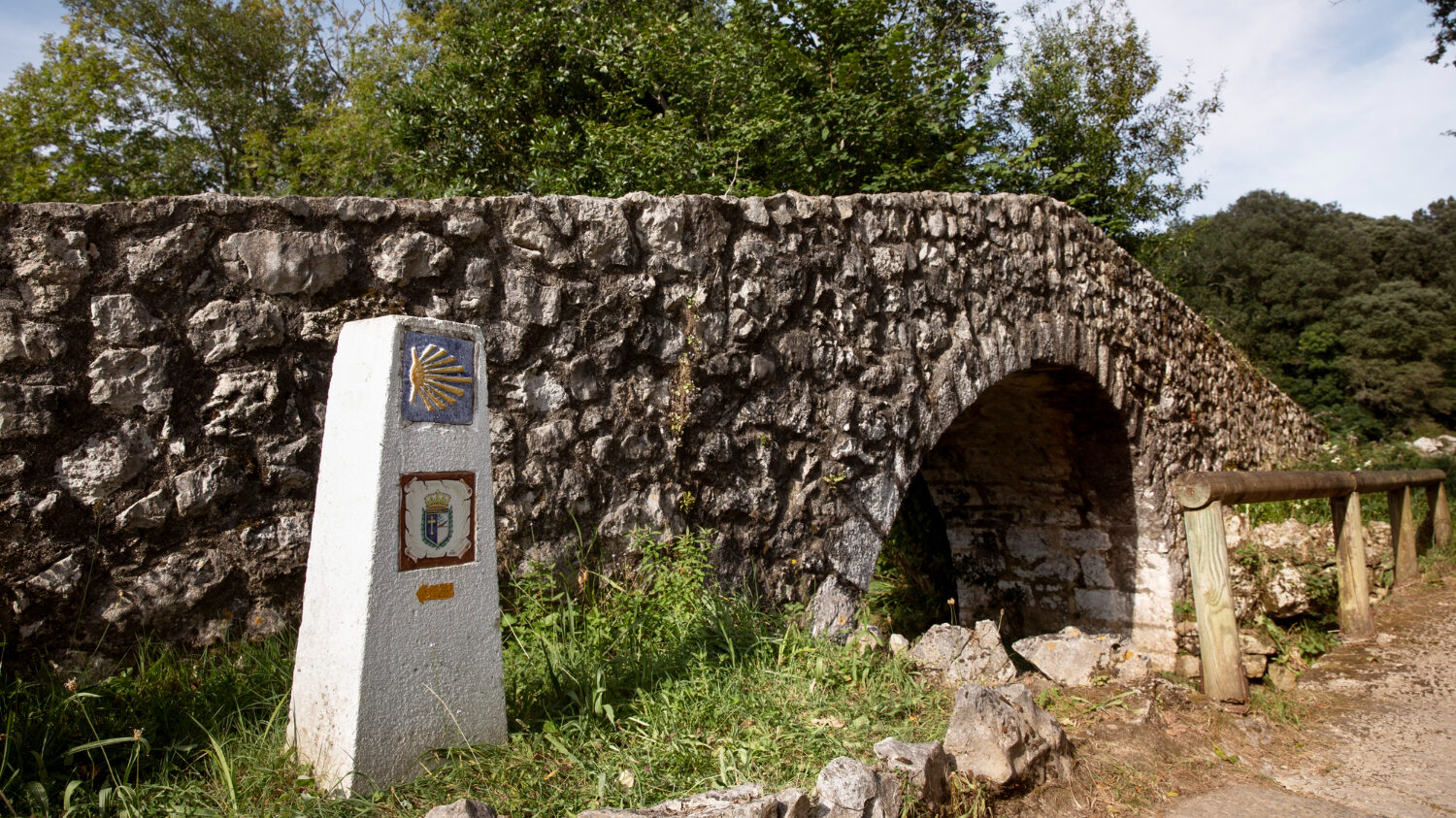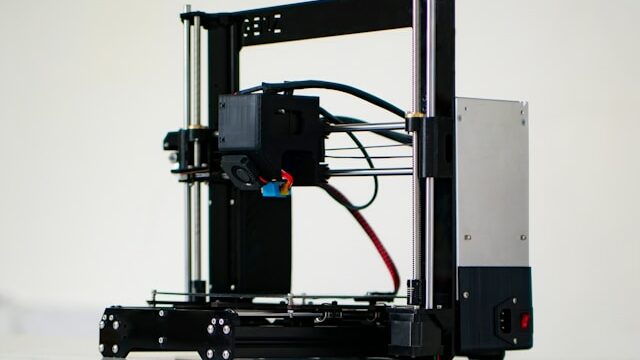In Italy, a prototype of the bridge envisioned by Leonardo da Vinci has been recreated using 3D printing and recycled materials from stone processing. This innovative project is the result of a collaboration between the ArCoD department of the Polytechnic University of Bari, B&Y, and 3D printer manufacturer WASP.

A modern reinterpretation of a historic concept
Inspired by Leonardo da Vinci’s original design for a self-supporting bridge intended to connect the banks of the Golden Horn in Constantinople, this six-meter-long prototype has been developed as a pedestrian walkway. Professor Giuseppe Fallacara revisited the design to adapt it to the experiment’s needs. With the expertise of B&Y, a low-environmental-impact mortar made from recycled stone powders and lime-based binder was created and used to 3D print the bridge in 13 blocks with the WASP 3MT LDM Concrete printer.
Paving the way for sustainable architecture
The blocks were assembled using a temporary centering system by the Polytechnic University of Bari. Drawing on the stereotomy principle employed by the Renaissance genius, the bridge is self-supporting. This project lays the groundwork for future applications: analyzing the mechanical properties of the materials and optimizing the printing process could revolutionize architecture by promoting a more sustainable and technologically advanced approach, according to the press release.
Picture by Freepik.
The articles published on Imprimy.com are for informational purposes only. They are intended to provide general advice and information related to 3D printing. Imprimy.com cannot be held responsible for the results obtained or the consequences arising from the application of the shared information. We recommend always checking the specific instructions for your hardware and materials before use.


